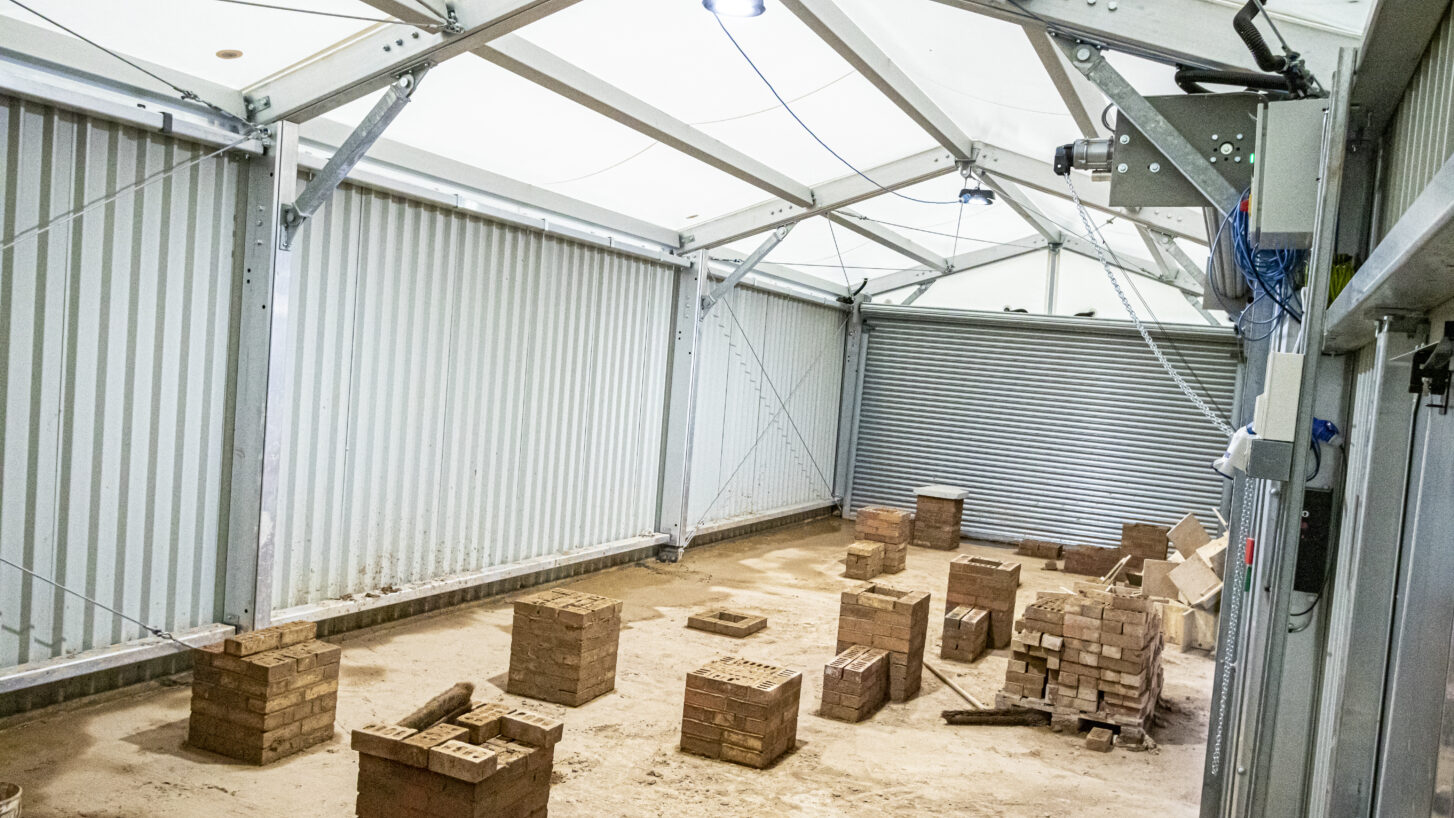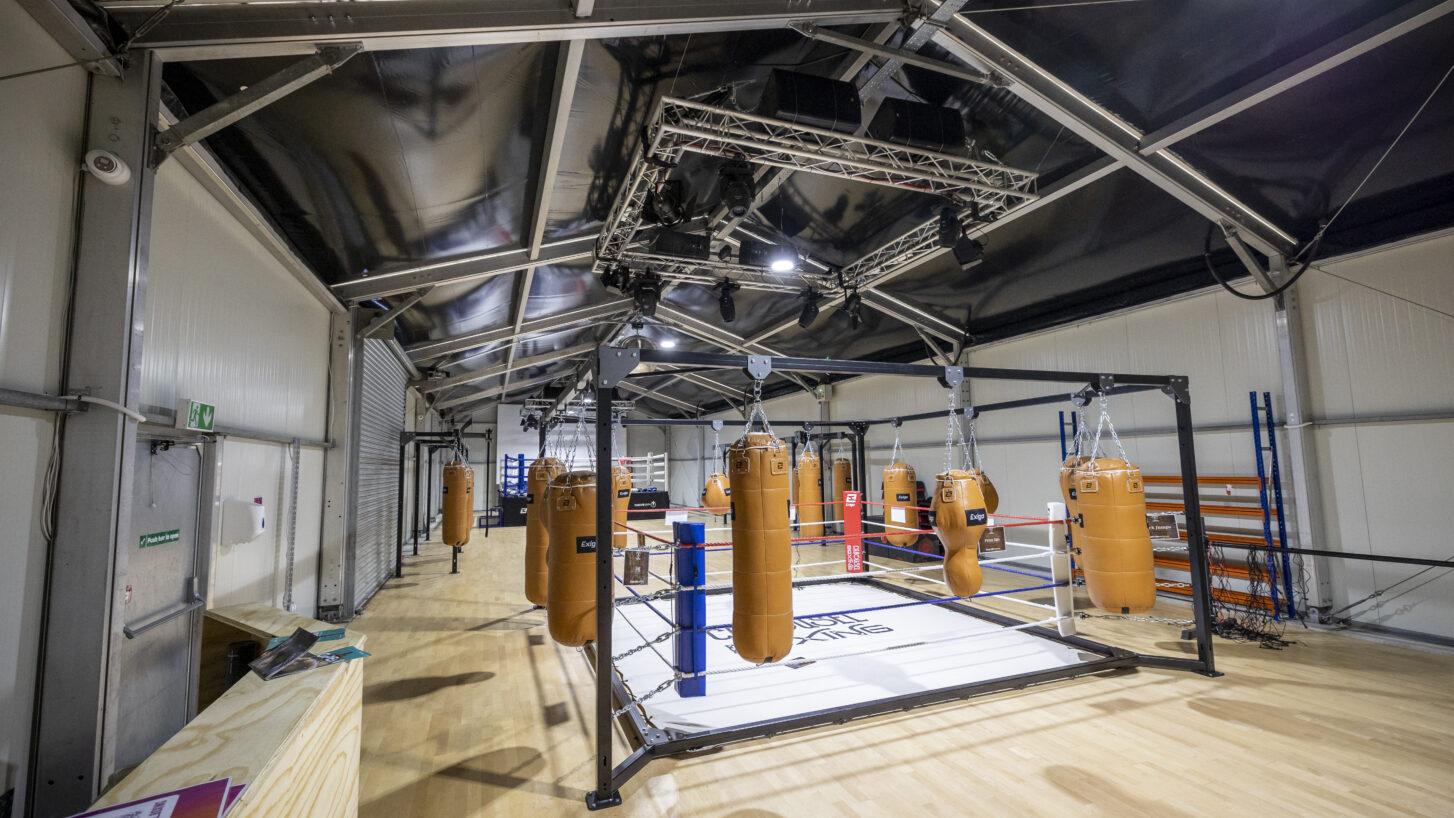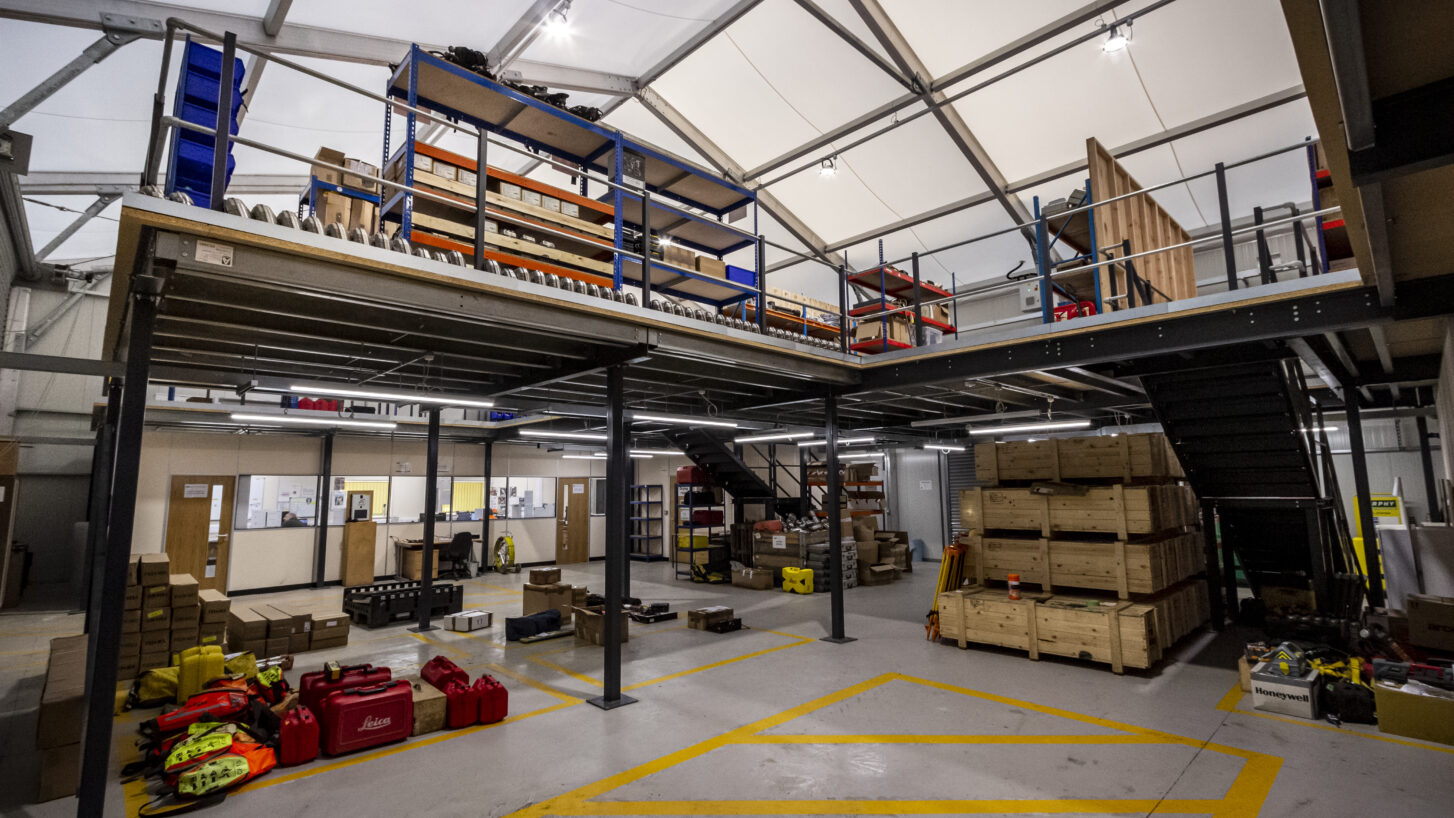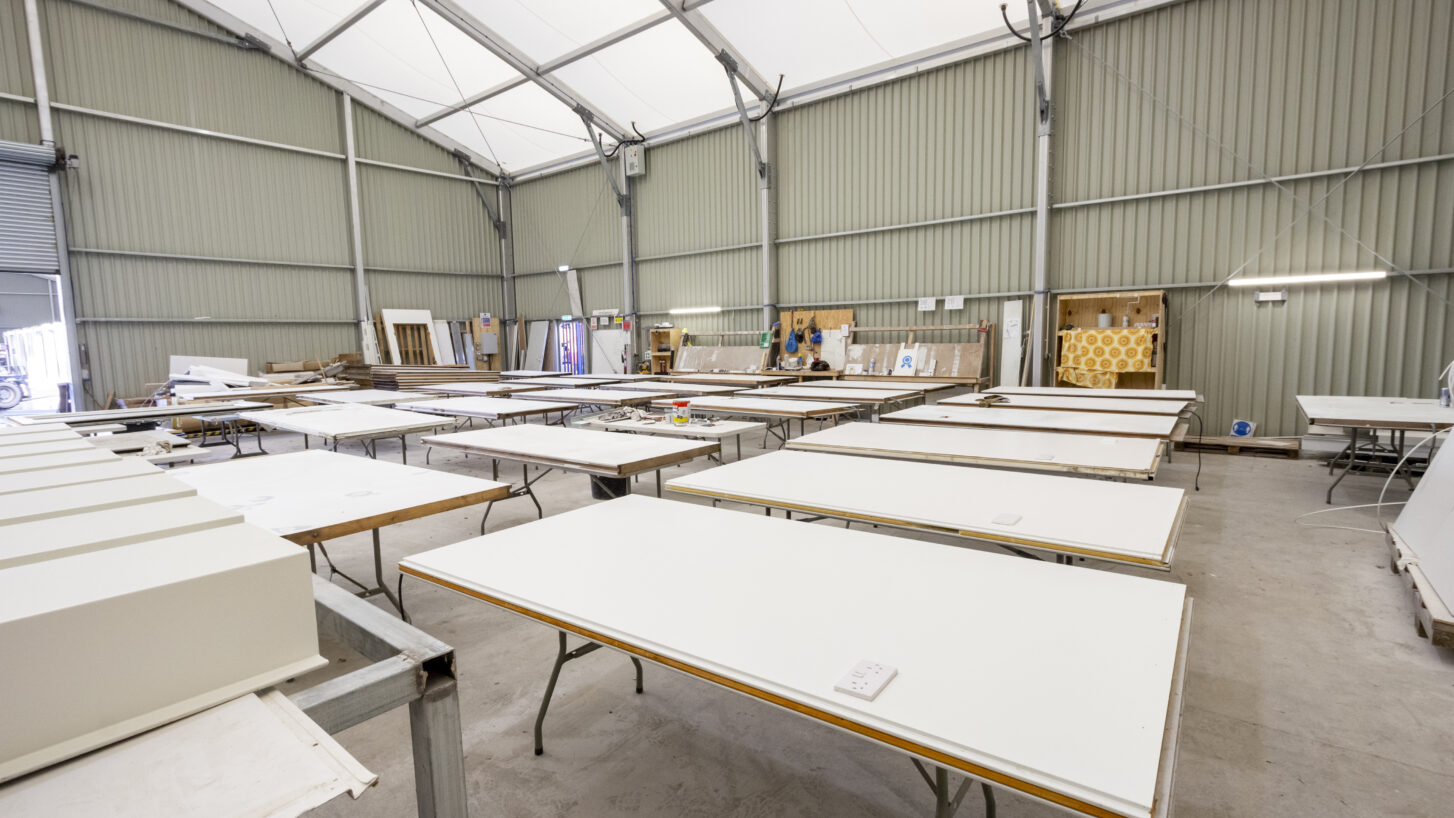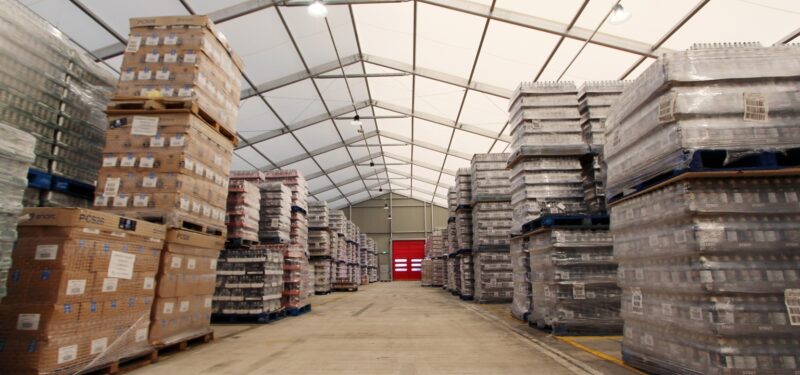Cost Savings of Portable Buildings: What You Need to Know
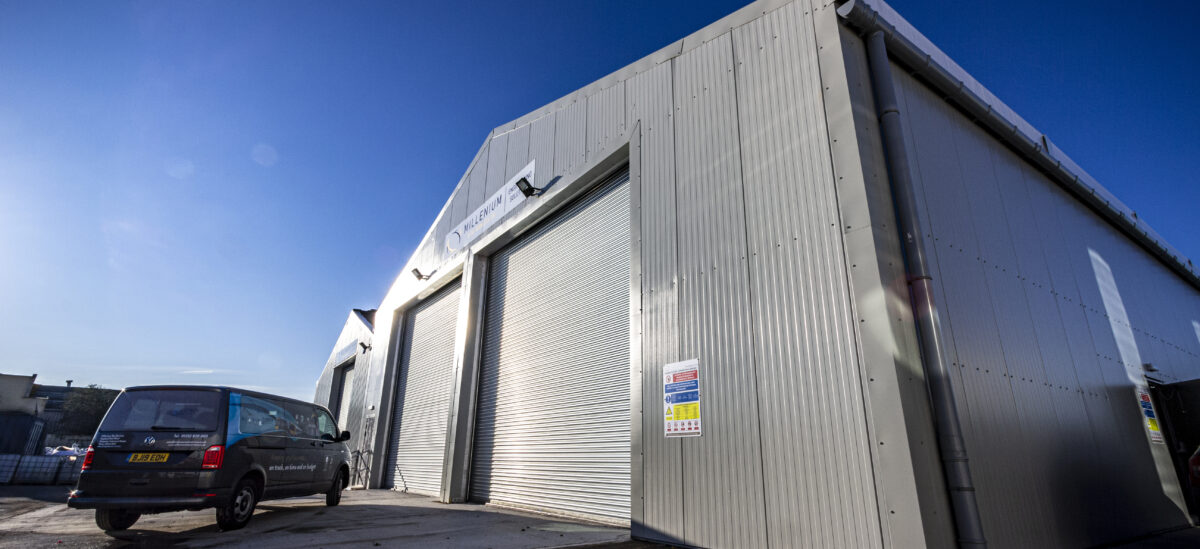
As businesses grow, they often need additional space to accommodate their expanding inventory, equipment, or personnel. In the past, traditional construction was the only option, which required a significant investment of time and money. Fortunately, with the advent of portable temporary structures, businesses now have a cost-effective and flexible alternative. This article will explore the cost savings of these buildings, and why they are an excellent choice for businesses looking to expand.
What are Portable Buildings?
A portable building is a structure built from an anodised aluminium frame with galvanised steel fixings, offering strength and durability in any environment. These structures can be built to a customer’s specifications and are customisable with various roof, flooring and doo options. Some of the common uses of these types of structures are:
- Loading Bays
- Workshops
- Canopies
- Manufacturing Areas
- Sports Halls
- Gyms
- Car Showrooms
- Supermarkets
- Garden Centers
- Temporary Swimming Pool Areas
- Marquees
- Film Studios
- Crisis & Disaster Emergency Buildings
Portable structures are a flexible solution, ideal for businesses that have changing needs for space, such as seasonal demand. These buildings can be hired for as little as three months or used as a semi-permanent solution to storage needs.
Portable Buildings vs. Permanent Buildings
The main differences between portable and permanent buildings are maneuverability, cost, and time. A permanent on-site structure, complete with foundations and ground works, can take months and cost significantly more than a modular building. When considering a permanent structure, businesses must factor in building and foundation costs, legal fees, stamp duty, and agents’ fees.
Temporary portable buildings, on the other hand, can be installed within a couple of weeks and cost a fraction of the price, resulting in significant savings when it comes to material costs. However, the benefits of these structures go beyond just cost savings. Businesses can have a semi-permanent solution that they can keep on-site for as long as needed, allowing them to adjust their storage space/capacity according to their business and customer demands. This flexibility means that businesses can avoid wasting space and money when they do not need it.
Cost Savings of Portable Buildings
One of the most significant advantages of using a portable building is the potential cost savings. Compared to traditional construction methods, temporary modular buildings are often significantly cheaper. This is because they require fewer materials and labor to construct, and they can be assembled more quickly.
Portable buildings can also offer significant savings in terms of energy costs. Many temporary structures are designed to be energy efficient, with features such as insulated walls and roofs, double-glazed windows, and efficient heating and cooling systems. This can help to reduce your energy bills, which can be especially important for businesses operating on a tight budget.
Finally, portable buildings can also offer cost savings in terms of their flexibility. Rather than investing in a permanent structure that may not be used to its full capacity, a modular structure can be easily expanded or contracted to meet your changing needs. This can help to reduce the amount of wasted space and can also help to keep costs down by ensuring that you only pay for the space you need.
Portable buildings also offer cost savings when it comes to building regulations and planning permission. All temporary modular structures in place for longer than 28 days require planning consent. The planning process usually takes a minimum of four weeks, but it can take longer depending on planning meeting dates. However, portable structures are often looked upon favourably by planning teams due to their energy-efficient insulation systems, recyclable components, choice of wall colour, and sort profile air-filled roof. Spaciotempo can manage everything in the planning process, from the logistics to the building of the modular structure on the construction site, making it a hassle-free experience for our customers.
Manufacturing Brochure
Whether you are short of storage or warehousing space, need additional production or maintenance facilities, or require weather protection for your loading and unloading operations, we can provide the ideal solution.
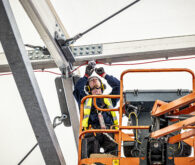
Planning Permission and Building Regulations
One of the advantages of using a non-permanent building is that it typically requires less planning permission and building regulations than a permanent structure. In general, portable buildings only require planning permission if they are going to be in place for more than 28 days. This is because they are classified as non-permanent structures and can be easily moved or dismantled. However, it is always recommended to check with your local planning department to confirm any regulations specific to your area.
Building regulations also apply to temporary structures, and the requirements will depend on the type of building and its intended use. For example, if you plan to use a building for offices, it will need to meet certain health and safety regulations, including fire safety, ventilation, and electrical safety. Portable buildings can offer a significant advantage over conventional building methods in terms of their ease of meeting building regulations.
Conclusion
Portable buildings offer a flexible, adaptable, and cost-effective solution for a wide range of businesses and industries. Whether you need additional storage spaces, office spaces or even a temporary manufacturing facility, a modular building can be quickly and easily assembled to meet your needs.
With minimal disruption to your business and the potential for significant cost savings, temporary portable structures offer a smart and practical solution to many construction and storage challenges. So, if you are looking to expand your business, consider the benefits of a temporary building – you might be surprised at just how much you can save.
If you’d like to get in touch to discuss any of the points raised in this blog in further detail, our team will be more than happy.
Discover more about our temporary warehousing and storage buildings.
Whether you need short or long-term storage and warehousing, our temporary storage buildings are a cost-effective alternative to traditional extensions and off-site storage.
